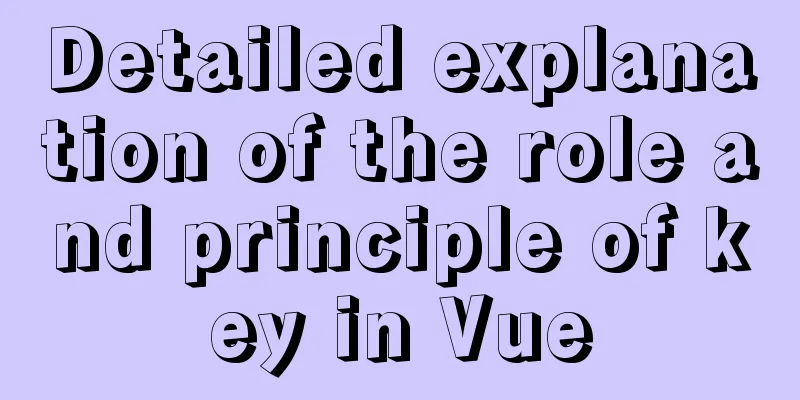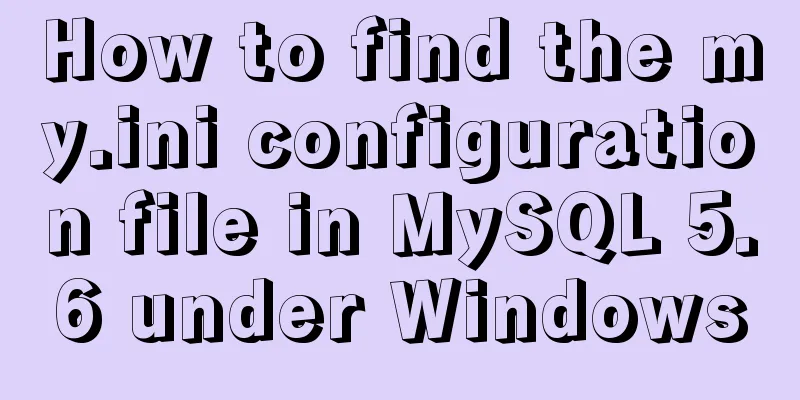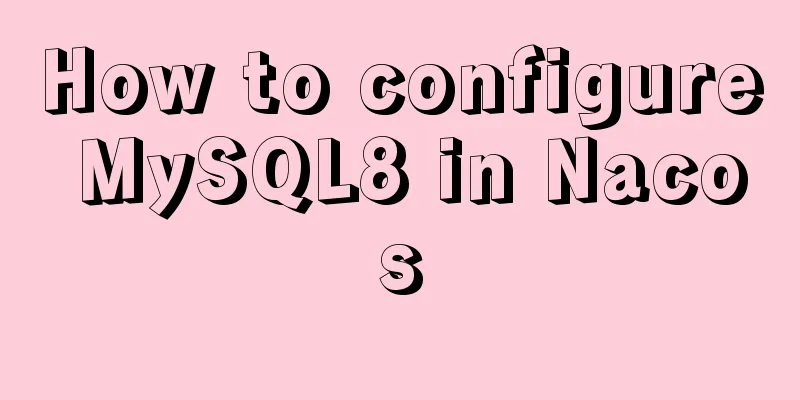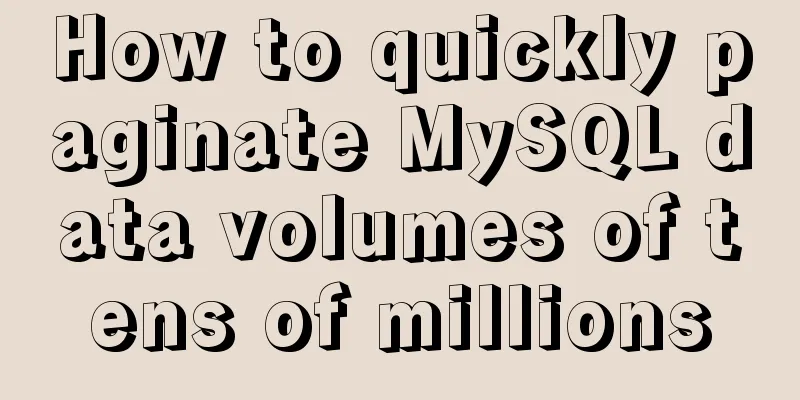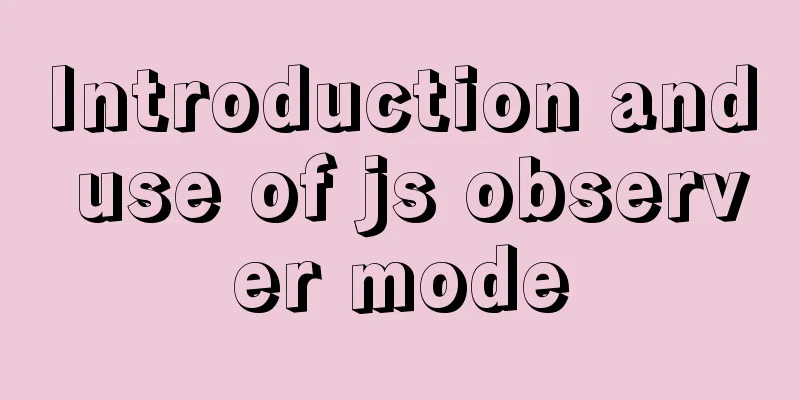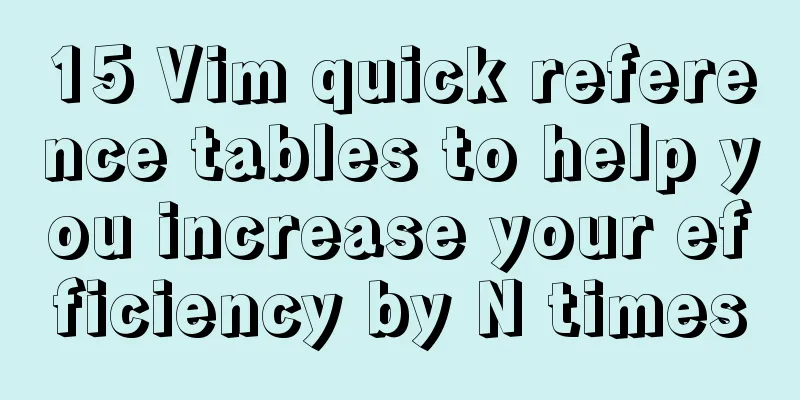HTTP Status Codes
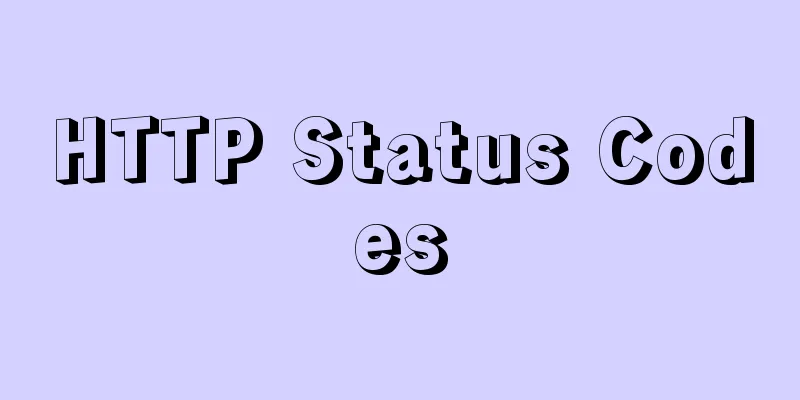
|
This status code provides information about the status of the request and provides Googlebot with information about your site and the requested page. Some common status codes are:
A complete list of HTTP status codes is provided below. Click the link for more information. You can also visit the W3C page on HTTP status codes for more information . 1xx (Provisional Response)
2xx (Successful) A status code that indicates that the server successfully processed the request.
3xx (Redirected)
4xx (Bad Request)
5xx (Server Error)
HTTP return code list (Chinese and English explanation) http return code list (below is an overview) for detailed Chinese explanation please click here 1** Reserved 100 : Continue 101: witching Protocols 2** Indicates that the request was successfully received 200 : OK 201 : Created 202 : Accepted 203 : Non-Authoritative Information 204 : No Content 205 : Reset Content 206 : Partial Content 3** To complete the request, the customer needs to further refine the request 300 : Multiple Choices 301 : Moved Permanently 302 : Found 303 : See Other 304 : Not Modified 305 : Use Proxy 307 : Temporary Redirect 4** Customer Error 400 : Bad Request 401 : Unauthorized 402 : Payment Required 403 : Forbidden 404 : Not Found 405 : Method Not Allowed 406 : Not Acceptable 407 : Proxy Authentication Required 408 : Request Time-out 409 : Conflict 410 : Gone 411 : Length Required 412 : Precondition Failed 413 : Request Entity Too Large 414 : Request-URI Too Large 415 : Unsupported Media Type 416 : Requested range not satisfied 417 : Expectation Failed 5** Server Error 500 : Internal Server Error 501 : Not Implemented 502 : Bad Gateway 503 : Service Unavailable 504 : Gateway Time-out 505 : HTTP Version not supported _____________________________________________________________________ HTTP return code Chinese explanation 2xx Crawl OK 200 OK; the request was completed. (Generally this state 201 OK; immediately following a POST command. 202 OK; accepted for processing, but processing is not yet complete. 203 OK; Partial Information - The information returned is only partial. 204 OK; No Response — The request was received, but there is no information to send back. 3xx Redirect 301 Permanent Redirect — The requested data has a new location and the change is permanent. 302 Temporary Redirect — The requested data temporarily has a different URI. 303 See Other - The response to the request can be found under another URI and should be retrieved using the GET method. 304 Not Modified — The document was not modified as expected. 305 Use Proxy - The requested resource must be accessed through the proxy provided in the Location field. 306 Unused — No longer used; this code is reserved for future use. 4xx Page Error 400 Bad Request — There was a syntax problem in the request, or the request could not be fulfilled. 401 Unauthorized — The client is not authorized to access the data. 402 Payment Required — Indicates that the billing system is active. 403 Forbidden — Access is not required even if authorized. 404 Not Found — The server could not find the given resource; the document does not exist. 406 Not Acceptable - The resource identified by this request can only generate response entities whose content is characterized as "Not Acceptable" according to the "Accept" headers sent in this request. 407 Proxy-Authorization-Request - The client must first authenticate itself with the proxy. 410 The requested page does not exist (permanent); 415 UnsupportedMediaType - The server is refusing to service the request because the format of the request entity is not supported. 5xx Server Error 500 Internal Error — The server could not complete the request due to an unexpected condition. 501 Not Implemented — The server does not support the requested tool. 502 Bad Gateway — The server received an invalid response from an upstream server. 503 Service Unavailable — The server is unable to process the request due to a temporary overload or maintenance. 100 Continue Indicates that the client should continue with the request. The loopback is used to notify the client that the request has been received and has not been rejected by the server. The client SHOULD continue to send the rest of the request data or the request is complete, or ignore the echo data. The server MUST send a final echo after the request. 101 Switching Protocols The server changes the application protocol of the current connection through the Upgrade header information according to the client's request. The server will immediately change the protocol based on the Upgrade header when the 101 response ends with a blank line. Successful ================================= 200 OK Indicates that the client's request has been successfully received, parsed, and accepted. 201 Created The request has been completed and a new response resource has been created. The resource being created may be a URI resource, which is usually specified in the Location header. The response should contain an entity data and include the resource characteristics and location through the appropriate method selected by the user or user agent. The entity data format is specified by the body type, namely the content-type header. Initially the server must create the specified resource before returning a 201 status code. If the action is not taken immediately, the server SHOULD return 202. 202 Accepted The request has been accepted for processing. But the processing is not complete. The request may or may not be followed at all, as the processing may actually be denied. 203 Non-Authoritative Information 204 No Content The server has accepted the request and does not necessarily return entity data, but may need to return updated information. The response may contain new or updated information represented by entity-headers. 205 Reset Content The server has accepted the request and the user agent should reset the document view. 206 Partial Content The server has accepted the request for a GET request for a resource. The request must include a Range header to indicate the range to retrieve and may include an If-Range header to make the request conditional. Redirection ================================== 300 Multiple Choices Requests resources that match any one of the representation modes. 301 Moved Permanently - The resource being redirected has been assigned a new URI. 302 Found Request a temporary file for a resource with a different URI. 303 See Other 304 Not Modified If the client has completed a conditional request and the request is allowed, but the document has not changed, the server SHOULD return a 304 status code. 304 The status code MUST NOT contain a message body, which is usually terminated by the first empty line after a header field. 305 Use Proxy The requested resource must be accessed through a proxy (specified by the Location field). The Location resource gives the URI of the proxy. 306 Unused 307 Temporary Redirect Client Error ===================== 400 Bad Request The server could not understand the request due to incorrect syntax. 401 Unauthorized If the request requires user authentication. The response SHOULD include a WWW-Authenticate header field indicating the authority to request the resource. 402 Payment Required Reserved status code 403 Forbidden The server accepted the request, but refused to process it. 404 Not Found The server has found any resource matching the Request-URI. 405 Menthod Not Allowed The requested method in the Request-Line is not allowed by the specified URI. 406 Not Acceptable 407 Proxy Authentication Required 408 Request Timeout The client did not submit any request within the server's waiting time. 409 Conflict 410 Gone 411 Length Required The server refuses to accept the request if the Content-Length field is not defined. 412 Precondition Failed 413 Request Entity Too Large The server is refusing to process the request because the request data exceeds what the server can process. The server may close the current connection to prevent the client from making further requests. 414 Request-URI Too Long The server is refusing to service the current request because the length of the URI exceeds the server's parsing range. 415 Unsupported Media Type The server is refusing to service the current request because the request data format is not supported by the requested resource. 416 Request Range Not Satisfied 417 Expectation Failed Server Error =================================== 500 Internal Server Error The server encountered an exception that prevented the execution of the current request 501 Not Implemented The server has no corresponding execution action to complete the current request. 502 Bad Gateway 503 Service Unavailable The server cannot process the current request because of temporary file overload. 504 Gateway Timeout 505 Http Version Not Supported |
<<: Detailed explanation of downloading, installing and using nginx server
>>: The difference between html form submission action and url jump to actiond
Recommend
Problems and solutions of using jsx syntax in React-vscode
Problem Description After installing the plugin E...
How to install openssh from source code in centos 7
Environment: CentOS 7.1.1503 Minimum Installation...
Teach you to create custom hooks in react
1. What are custom hooks Logic reuse Simply put, ...
Detailed analysis of javascript data proxy and events
Table of contents Data Brokers and Events Review ...
Reasons and solutions for slow MySQL query stuck in sending data
Because I wrote a Python program and intensively ...
In-depth understanding of Vue transition and animation
1. When inserting, updating, or removing DOM elem...
Solution to the failure of entering the container due to full docker space
Since the problem occurred rather suddenly and th...
Vue implements weather forecast function
This article shares the specific code of Vue to r...
Talking about Less and More in Web Design (Picture)
Less is More is a catchphrase for many designers....
mysql calculation function details
Table of contents 2. Field concatenation 2. Give ...
Discussion on the Issues of Image Button Submission and Form Repeated Submission
In many cases, in order to beautify the form, the ...
Analysis of the reasons why the index does not take effect when searching in the MySql range
1 Problem Description This article sorts the esta...
Vue implements dynamic routing details
Table of contents 1. Front-end control 1. In the ...
Detailed explanation of the process of building and running Docker containers
Simply pull the image, create a container and run...

